Home>Gardening & Outdoor>Landscaping Ideas>What Is The Grass On The Beach Called
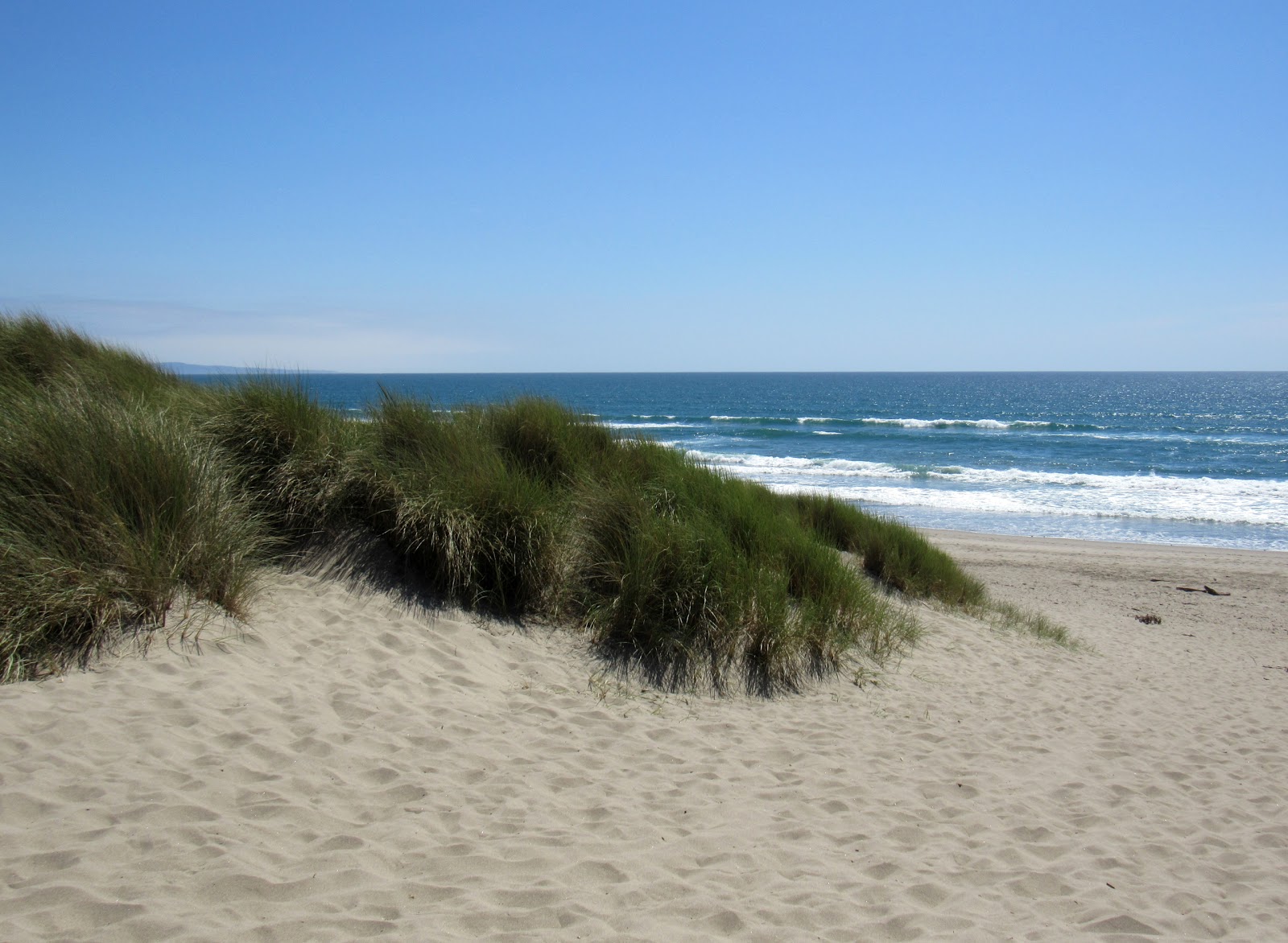

Landscaping Ideas
What Is The Grass On The Beach Called
Modified: February 18, 2024
Discover the best landscaping ideas for beach grass and create a stunning coastal vibe in your outdoor space. Explore tips for growing and maintaining beach grass.
(Many of the links in this article redirect to a specific reviewed product. Your purchase of these products through affiliate links helps to generate commission for Storables.com, at no extra cost. Learn more)
Introduction
Beaches are natural wonders that captivate us with their beauty and tranquility. The picturesque combination of sun, sand, and sea creates an idyllic setting for relaxation and recreation. However, there is more to the beach than meets the eye. One essential component of the coastal ecosystem is the grass that thrives in the sandy dunes. This grass plays a crucial role in stabilizing the dunes, providing habitat for diverse wildlife, and safeguarding the coastline from erosion.
Beach grass, also known as dune grass, is a collective term for various species of grass that are specially adapted to thrive in the harsh and dynamic conditions of coastal environments. These resilient plants are not only aesthetically pleasing but also serve as unsung heroes in preserving the delicate balance of the shoreline ecosystem. In this article, we will delve into the types of beach grass, their significance, the challenges they face, and the conservation efforts aimed at protecting these vital components of our coastal landscapes. Join us as we uncover the secrets of the grass that adorns our beloved beaches.
Key Takeaways:
- Beach grasses, like American Beachgrass and Sea Oats, stabilize dunes, provide wildlife habitat, and protect coastlines from erosion, making them essential for preserving the beauty and resilience of beaches.
- Conservation efforts, such as habitat protection and invasive species management, are crucial for safeguarding beach grass populations and ensuring the health and sustainability of coastal ecosystems.
Read more: What Is Beach Grass
Types of Beach Grass
Beach grasses are a diverse group of plants that have evolved to thrive in the unique conditions of coastal environments. These hardy species exhibit remarkable adaptations to withstand the challenges posed by sandy, salty, and windy surroundings. Some of the most common types of beach grass include:
- American Beachgrass (Ammophila breviligulata): This native grass species is prevalent along the Atlantic coast of North America. Recognized for its extensive rhizomatous system, American beachgrass plays a vital role in stabilizing sand dunes and preventing erosion. Its distinctive tall, stiff leaves and deep root system make it a key player in dune formation and coastal protection.
- Marram Grass (Ammophila arenaria): Also known as European beachgrass, this species is native to the coasts of Europe and has been introduced to various regions worldwide. Marram grass is celebrated for its ability to thrive in nutrient-poor soils and its exceptional capacity to trap and bind sand, contributing to dune formation and stabilization.
- Sea Oats (Uniola paniculata): Native to the southeastern United States, sea oats are characterized by their distinctive, drooping seed heads and long, narrow leaves. These grasses are crucial for stabilizing shifting sands and are often planted to combat beach erosion. Their extensive root systems aid in anchoring sand dunes and mitigating the impacts of storms and tides.
- European Marram Grass (Ammophila pubescens): This species, native to the coasts of Europe, shares many characteristics with its North American counterpart, Ammophila arenaria. Its robust root system and ability to thrive in sandy, coastal conditions make it an invaluable asset in dune stabilization and coastal protection efforts.
These are just a few examples of the diverse beach grass species that contribute to the ecological integrity and resilience of coastal landscapes. Each type of beach grass has unique adaptations that enable it to flourish in its specific coastal habitat, playing a vital role in preserving the stability and biodiversity of these dynamic environments.
Importance of Beach Grass
Beach grasses are not merely decorative elements adorning the coastal scenery; they are integral components of a delicate and interconnected ecosystem. Their significance extends far beyond their aesthetic appeal, encompassing vital ecological functions that contribute to the health and sustainability of coastal environments.
Erosion Control: One of the most crucial roles of beach grass is its ability to stabilize and protect coastal dunes. The extensive root systems of these grasses anchor the sand, preventing erosion caused by wind and water. By trapping and binding sand particles, beach grasses facilitate the formation and maintenance of dunes, acting as natural barriers against the forces of coastal erosion.
Habitat Creation: Beach grasses provide essential habitat for a diverse array of wildlife. The dunes formed and maintained by these grasses offer nesting sites for shorebirds, refuge for small mammals, and a haven for a variety of insect species. The intricate network of dune ecosystems, sustained by beach grasses, supports a rich tapestry of life, contributing to the biodiversity of coastal regions.
Coastal Resilience: In the face of increasingly severe weather events and rising sea levels, the resilience of coastal ecosystems is of paramount importance. Beach grasses play a pivotal role in enhancing the resilience of coastal areas by mitigating the impacts of storms, reducing the vulnerability of shorelines to erosion, and safeguarding inland areas from the encroachment of sand and saltwater.
Soil Stabilization: The intricate root systems of beach grasses help bind the sandy substrate, preventing it from shifting and becoming airborne as blowing sand. This function is essential for maintaining the stability of coastal soils and preventing the loss of valuable land to erosion.
Carbon Sequestration: Beach grasses contribute to carbon sequestration, capturing and storing atmospheric carbon dioxide in their biomass and in the soils of dune ecosystems. This process aids in mitigating climate change and its impacts by reducing the concentration of greenhouse gases in the atmosphere.
These multifaceted contributions underscore the indispensable role of beach grasses in preserving the ecological balance of coastal regions and sustaining the myriad benefits that these environments provide to both wildlife and human communities.
The grass on the beach is called beach grass or dune grass. It helps to stabilize the sand dunes and prevent erosion.
Threats to Beach Grass
Despite their resilience, beach grasses face a myriad of threats that jeopardize their survival and the stability of coastal ecosystems. Understanding these challenges is essential for implementing effective conservation strategies and safeguarding these vital components of our coastal landscapes.
Coastal Development: The relentless expansion of coastal development and infrastructure projects often leads to the destruction and fragmentation of natural dune habitats. The alteration of coastal landscapes for residential, commercial, and recreational purposes disrupts the intricate balance of dune ecosystems, diminishing the availability of suitable habitats for beach grasses and the wildlife that depend on them.
Invasive Species: The introduction of invasive plant species poses a significant threat to native beach grass populations. Invasive plants can outcompete native species for resources, alter soil composition, and disrupt the intricate web of ecological interactions within dune ecosystems, leading to the decline of native beach grass populations and the degradation of dune habitats.
Recreational Activities: Unregulated recreational activities such as off-road vehicle use, trampling, and sand compaction can have detrimental effects on dune vegetation, including beach grasses. The disruption of dune structures and vegetation cover by human activities compromises the integrity of dune ecosystems, making them more susceptible to erosion and habitat degradation.
Climate Change: The escalating impacts of climate change, including sea-level rise, intensified storms, and altered precipitation patterns, pose significant challenges to the resilience of beach grass populations and dune ecosystems. Rising sea levels and more frequent and severe storm events can result in the inundation and erosion of dunes, leading to the loss of critical beach grass habitats and the destabilization of coastal landscapes.
Overgrazing and Trampling by Wildlife: The overgrazing and trampling of dune vegetation by wildlife, particularly in areas where natural predator populations have been disrupted, can exert considerable pressure on beach grass populations. Uncontrolled grazing and trampling can impede the recovery and growth of beach grasses, leading to the degradation of dune habitats and the loss of their protective functions.
These threats underscore the urgent need for comprehensive conservation efforts to mitigate the impacts of human activities and environmental changes on beach grass populations and the ecological integrity of coastal dune ecosystems.
Conservation of Beach Grass
The conservation of beach grass is essential for preserving the ecological integrity and resilience of coastal landscapes. Implementing effective conservation measures is crucial for mitigating the threats that jeopardize beach grass populations and ensuring the sustained stability and functionality of dune ecosystems.
Habitat Protection and Restoration: Preserving and restoring natural dune habitats is fundamental to the conservation of beach grasses. This involves establishing protected areas, implementing dune restoration projects, and promoting the use of native beach grass species in coastal landscaping and restoration efforts. By safeguarding existing dune habitats and restoring degraded areas, the resilience of beach grass populations can be enhanced, contributing to the overall health of coastal ecosystems.
Invasive Species Management: Managing and controlling invasive plant species is essential for safeguarding native beach grass populations. This includes monitoring and eradicating invasive species, implementing measures to prevent their introduction and spread, and promoting the use of native plants in landscaping and restoration projects. By addressing the threat of invasive species, the competitive pressures on beach grass populations can be alleviated, allowing them to thrive in their natural habitats.
Education and Outreach: Raising awareness about the ecological importance of beach grasses and the threats they face is crucial for fostering a sense of stewardship and promoting responsible coastal management practices. Educational initiatives, outreach programs, and public engagement efforts can empower communities to actively participate in the conservation of beach grasses and dune ecosystems, fostering a collective commitment to their protection and preservation.
Regulatory Measures: Implementing and enforcing regulations that protect dune habitats and beach grass populations is essential for mitigating the impacts of coastal development and recreational activities. Zoning regulations, land-use planning, and the establishment of protected areas can help minimize the encroachment of development on dune ecosystems, ensuring the sustained availability of suitable habitats for beach grasses and the wildlife they support.
Climate Resilience Planning: Developing and implementing climate resilience strategies is critical for enhancing the adaptive capacity of beach grass populations and dune ecosystems in the face of climate change impacts. This includes measures such as dune stabilization projects, coastal reforestation efforts, and the integration of nature-based solutions into coastal management plans to enhance the resilience of coastal landscapes and protect beach grass habitats.
By prioritizing the conservation of beach grasses and dune ecosystems, we can uphold the ecological functions and services they provide, ensuring the sustained health and resilience of our coastal environments for generations to come.
Read more: What Are The Rolls Of Grass Called
Conclusion
Beach grasses, with their remarkable adaptations and vital ecological functions, are integral to the resilience and sustainability of coastal ecosystems. Their ability to stabilize dunes, provide habitat for wildlife, and mitigate the impacts of erosion and climate change underscores their irreplaceable role in preserving the health and functionality of coastal landscapes.
As we marvel at the beauty of beaches, it is crucial to recognize the invaluable contributions of beach grasses and the challenges they face. The threats posed by coastal development, invasive species, recreational activities, and climate change necessitate concerted conservation efforts to safeguard these resilient plants and the ecosystems they support.
Through habitat protection, invasive species management, education, regulatory measures, and climate resilience planning, we can work towards the preservation of beach grass populations and the restoration of dune ecosystems. By fostering a collective commitment to the conservation of beach grasses and coastal habitats, we can ensure the sustained health and resilience of these critical environments.
Ultimately, the conservation of beach grasses is not only a matter of ecological significance but also a reflection of our commitment to the preservation of natural wonders that enrich our lives and provide essential services to both wildlife and human communities. By valuing and protecting beach grasses, we uphold the intricate balance of coastal ecosystems and secure the myriad benefits that these environments bestow upon us.
Let us embrace the responsibility of stewardship, recognizing the profound importance of beach grasses, and working together to ensure their enduring presence on the shores we cherish.
Frequently Asked Questions about What Is The Grass On The Beach Called
Was this page helpful?
At Storables.com, we guarantee accurate and reliable information. Our content, validated by Expert Board Contributors, is crafted following stringent Editorial Policies. We're committed to providing you with well-researched, expert-backed insights for all your informational needs.
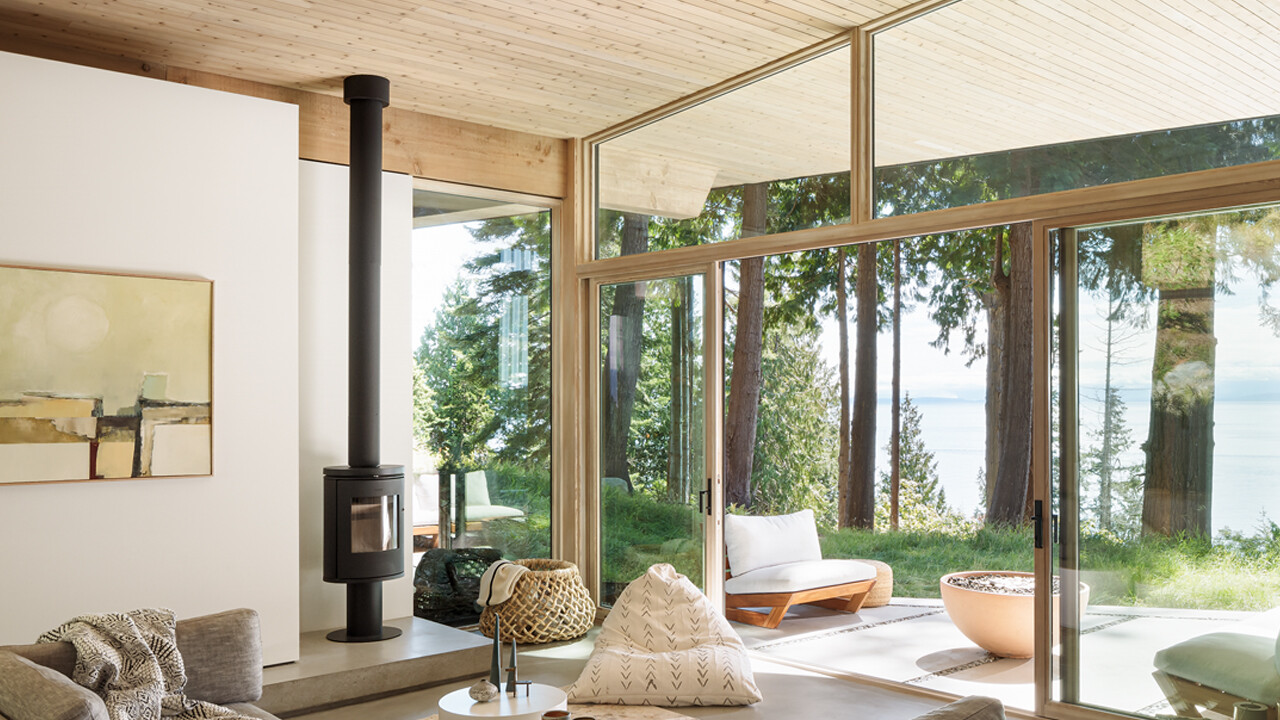

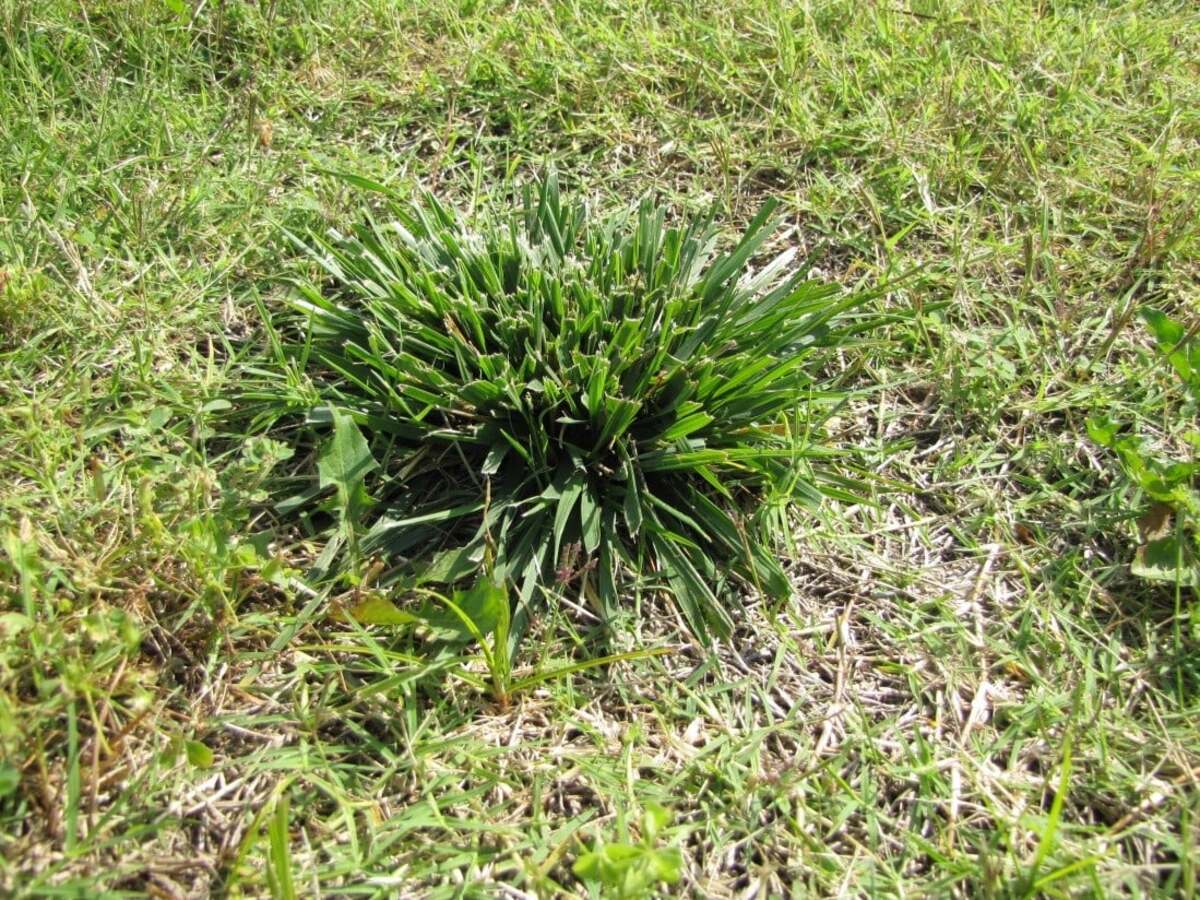
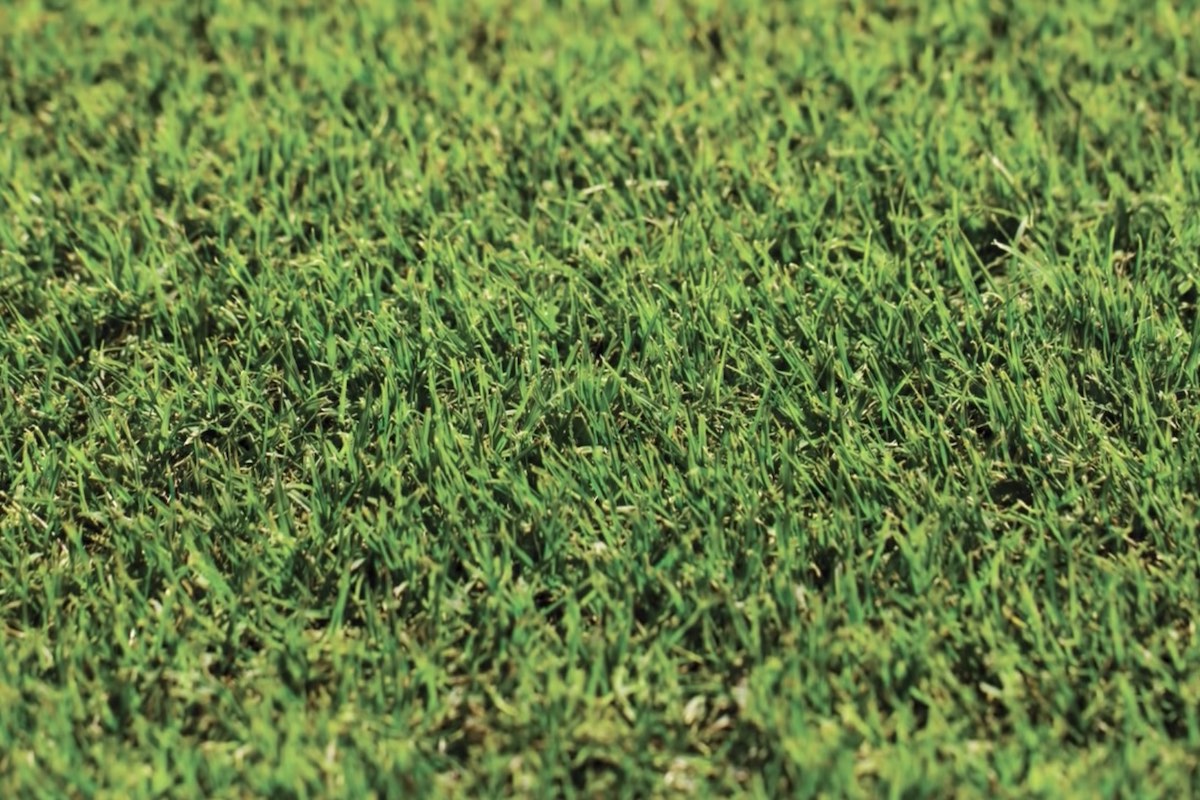

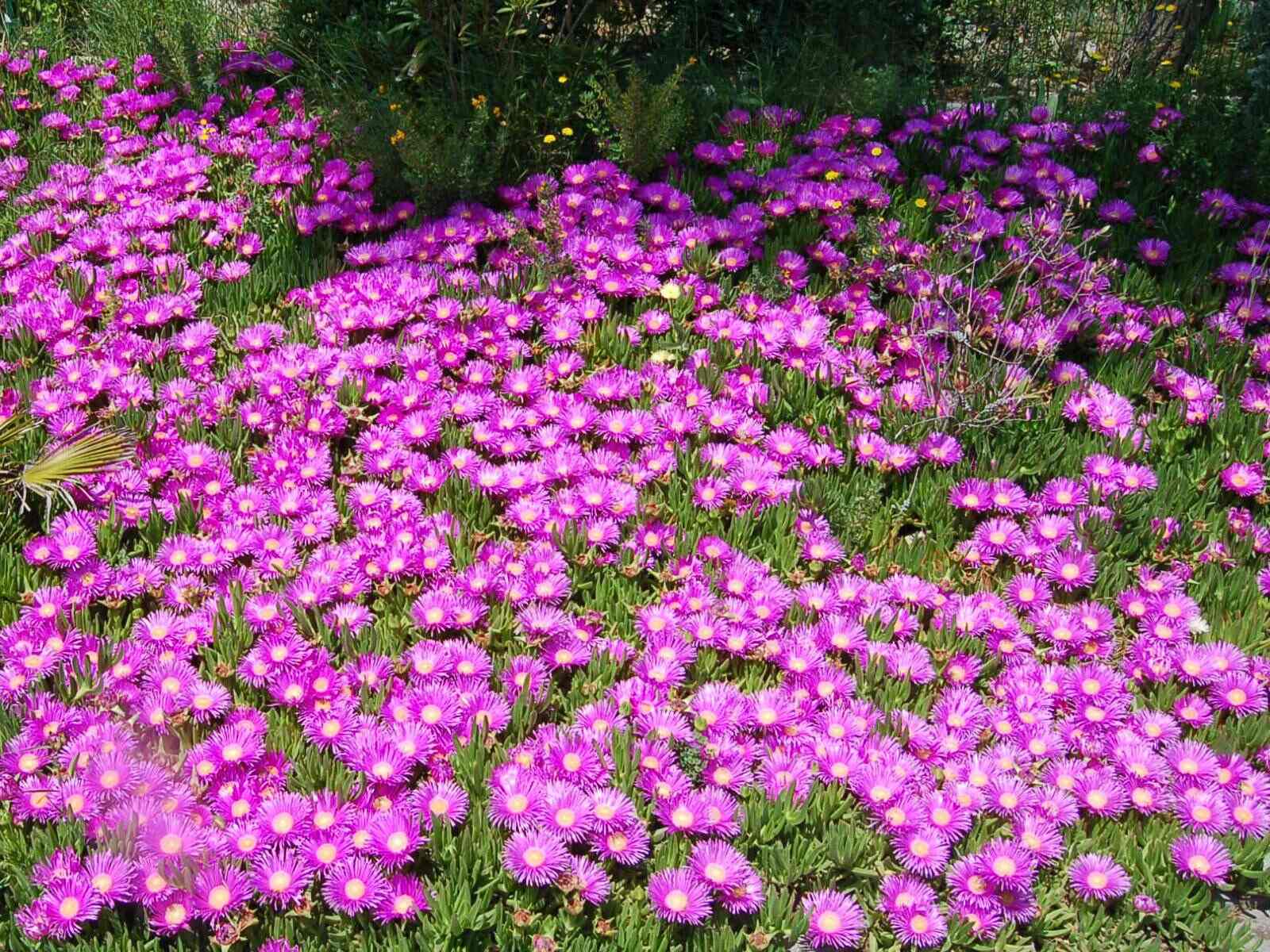
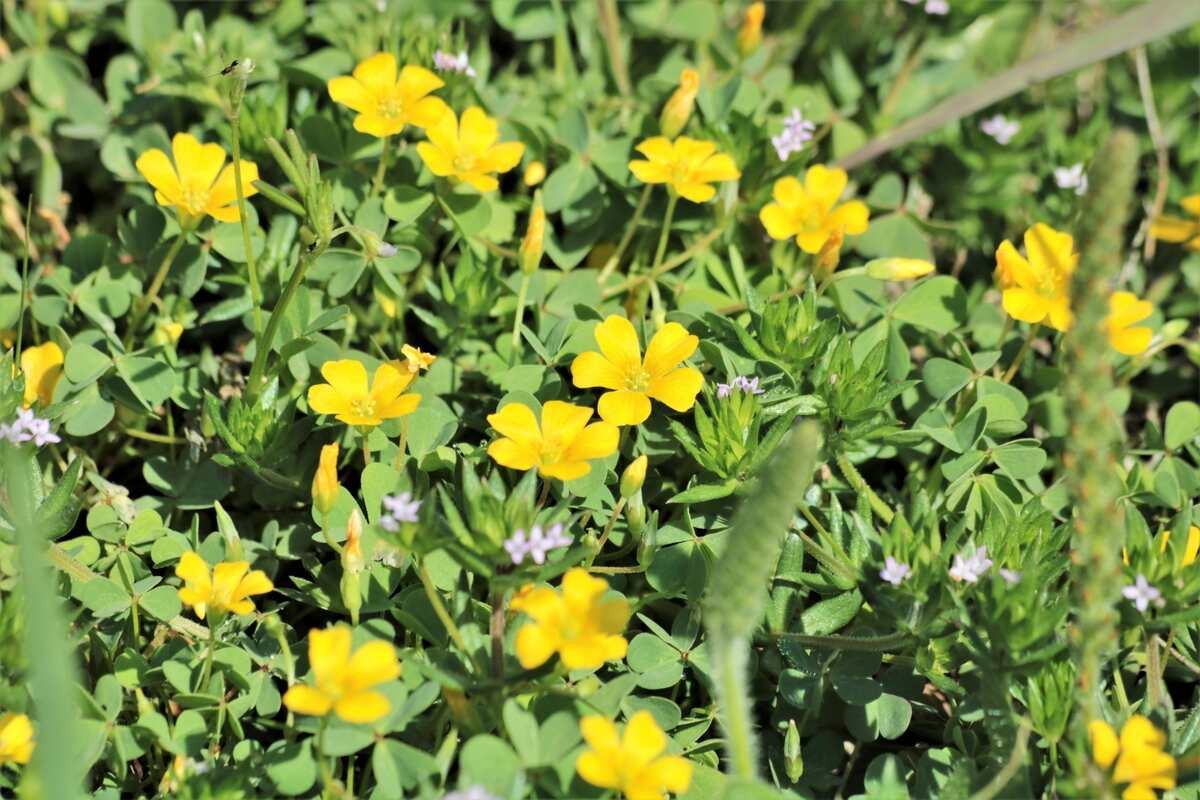
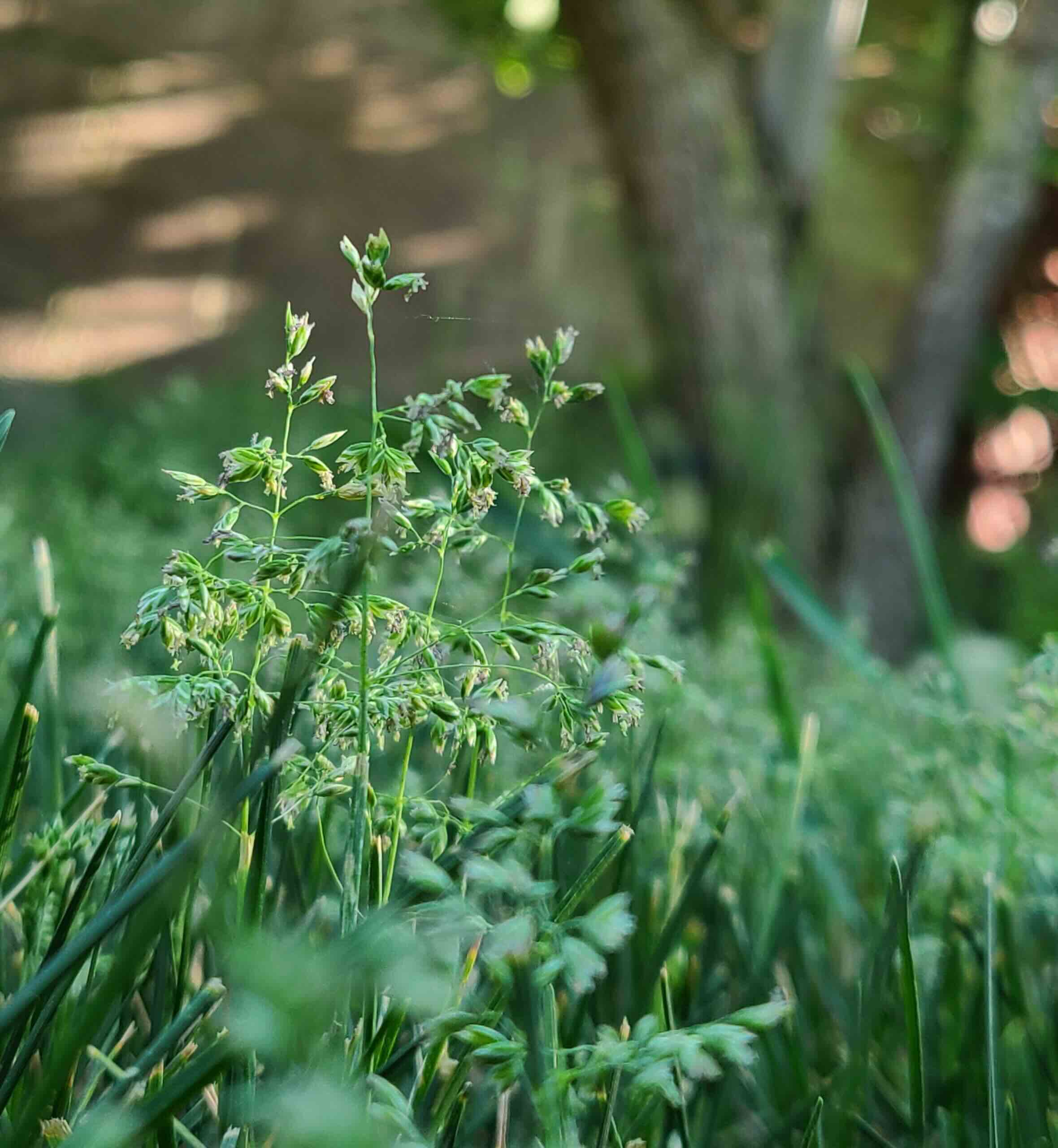
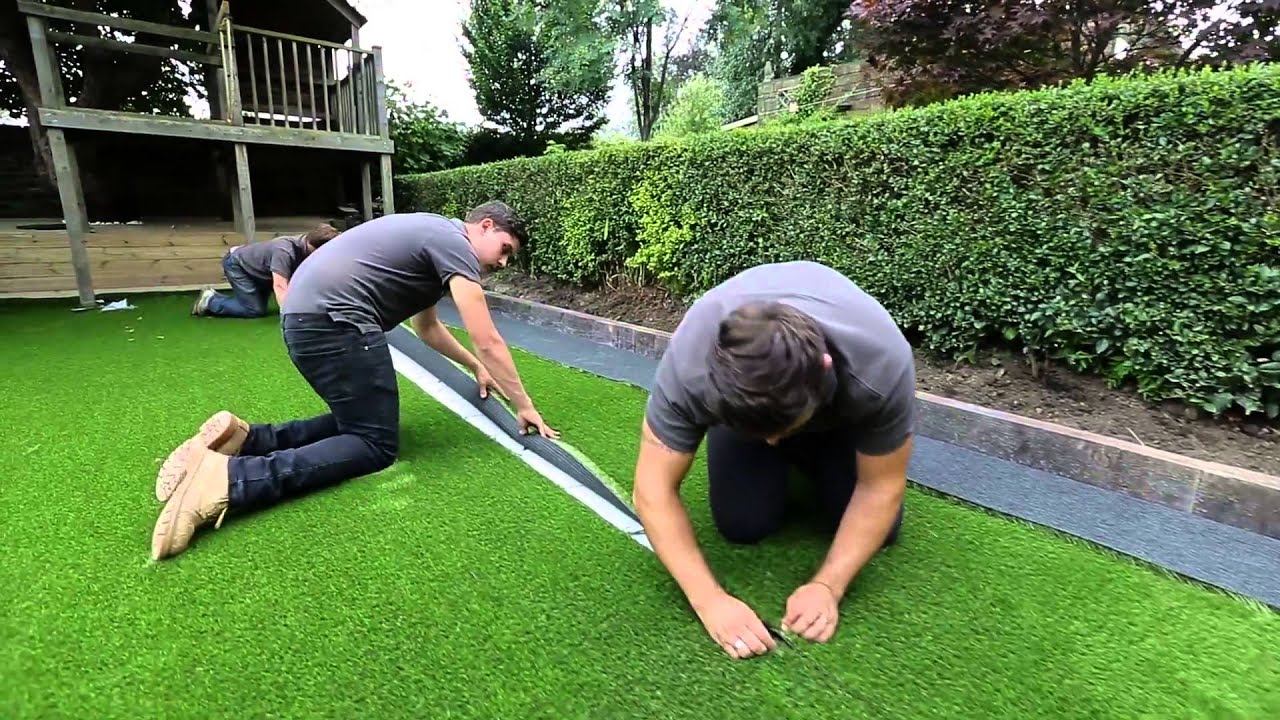
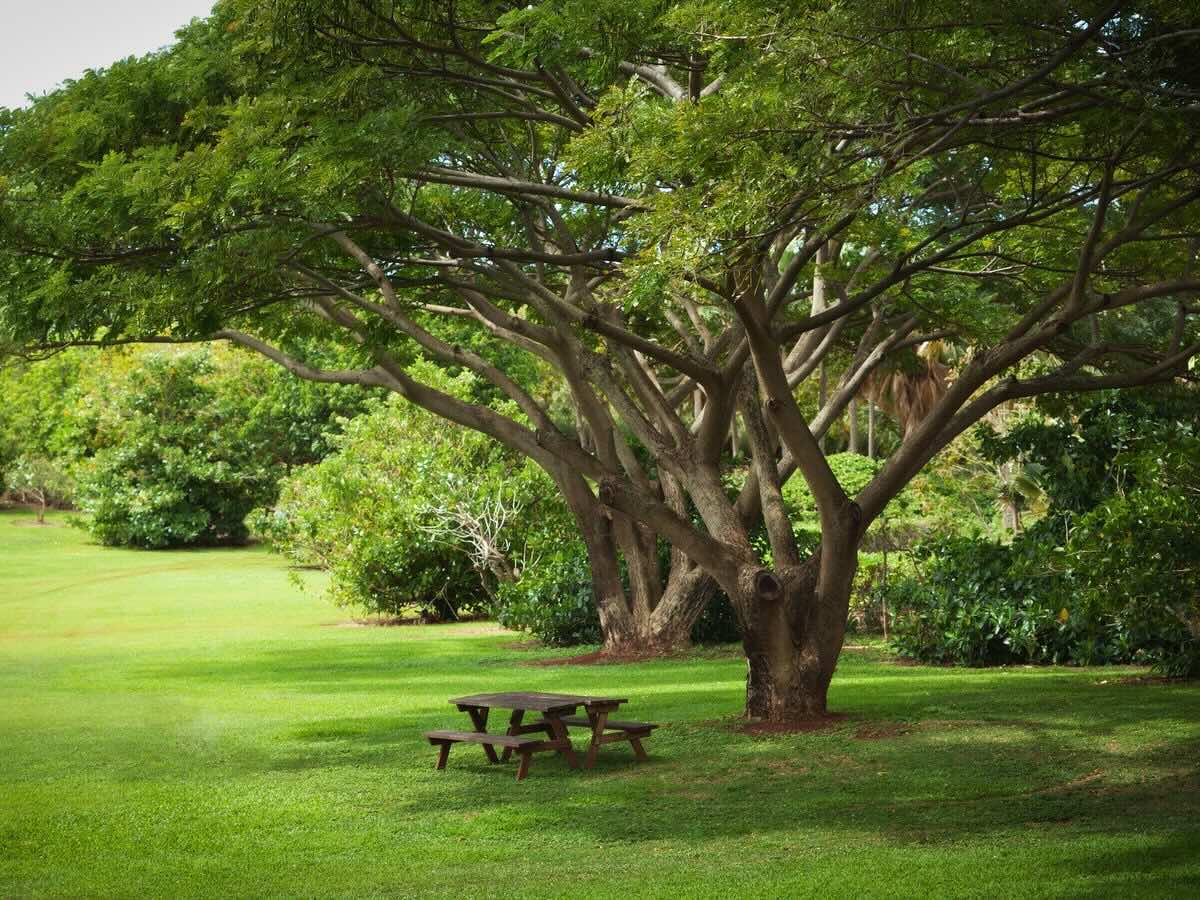
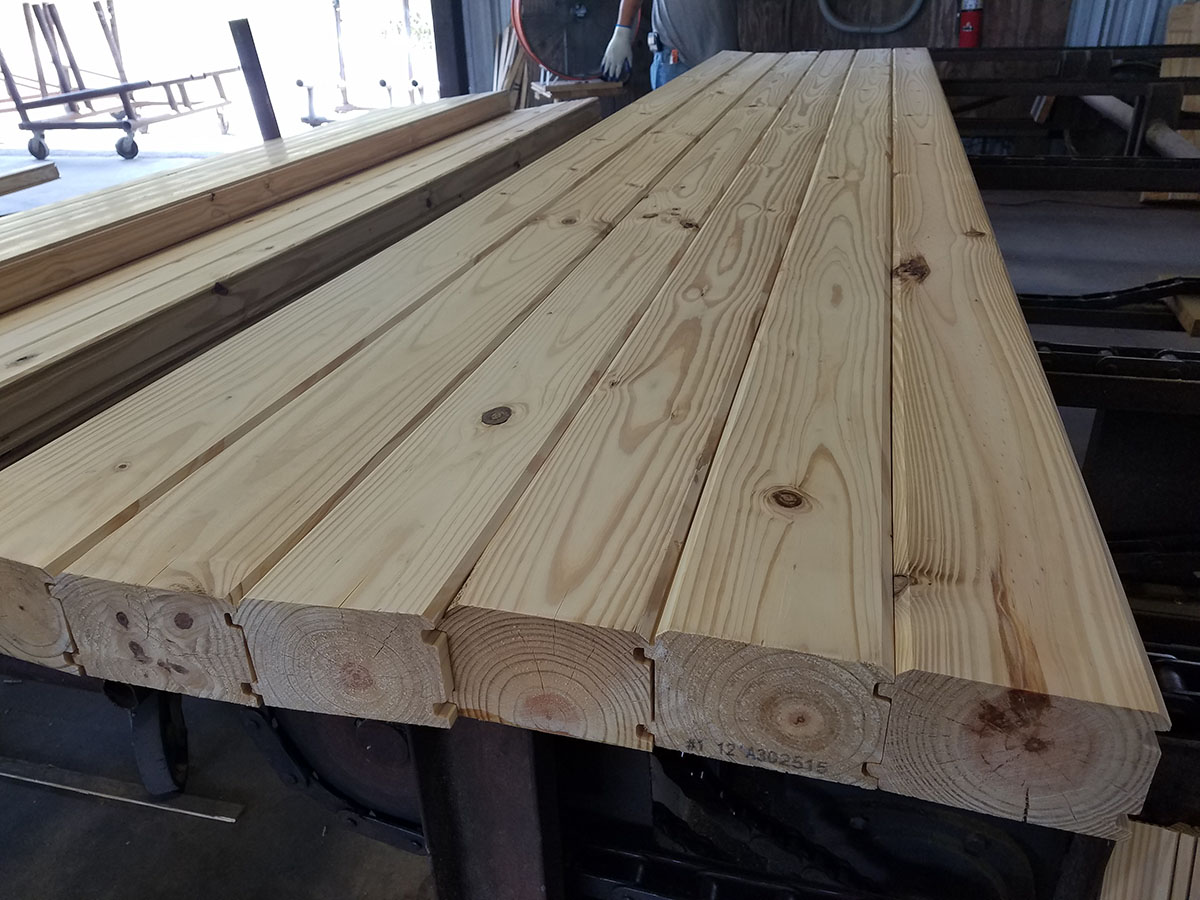


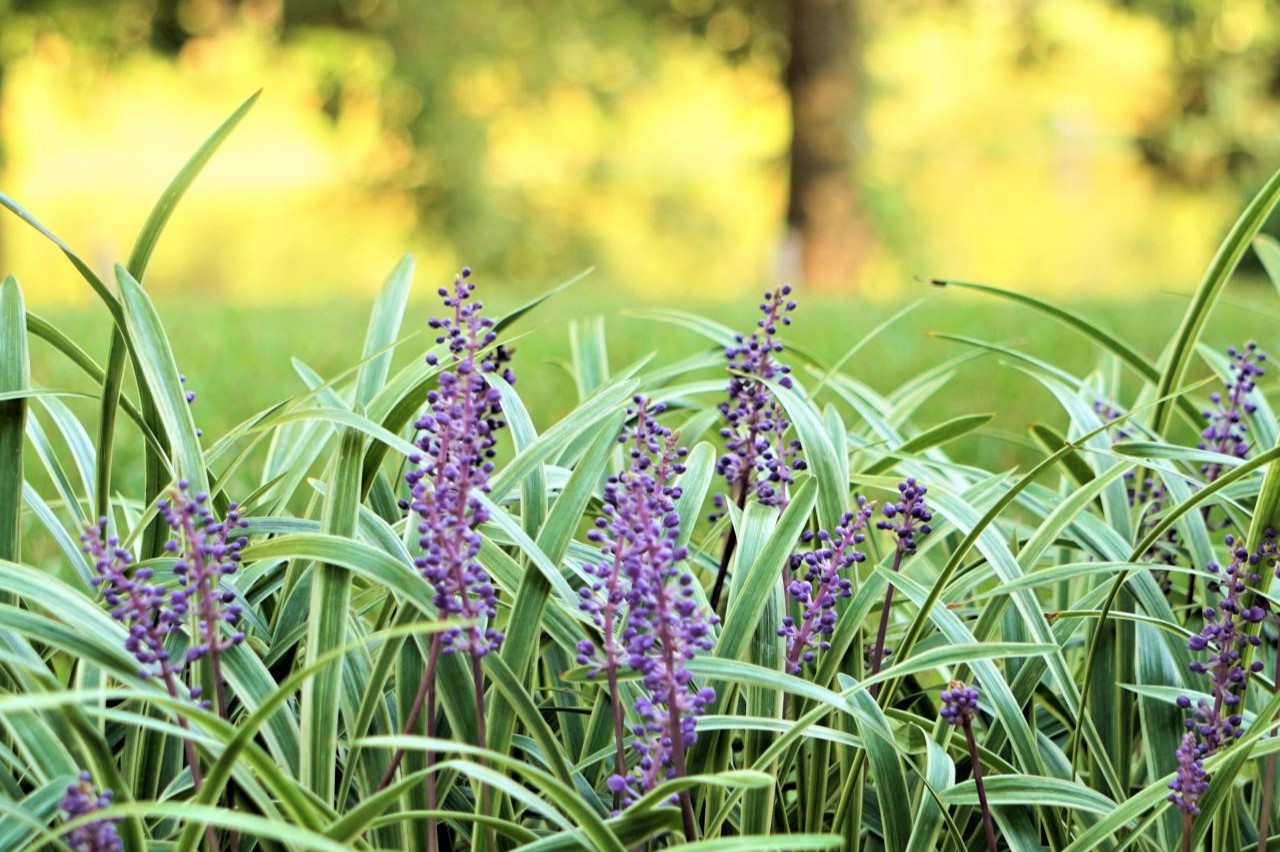

0 thoughts on “What Is The Grass On The Beach Called”